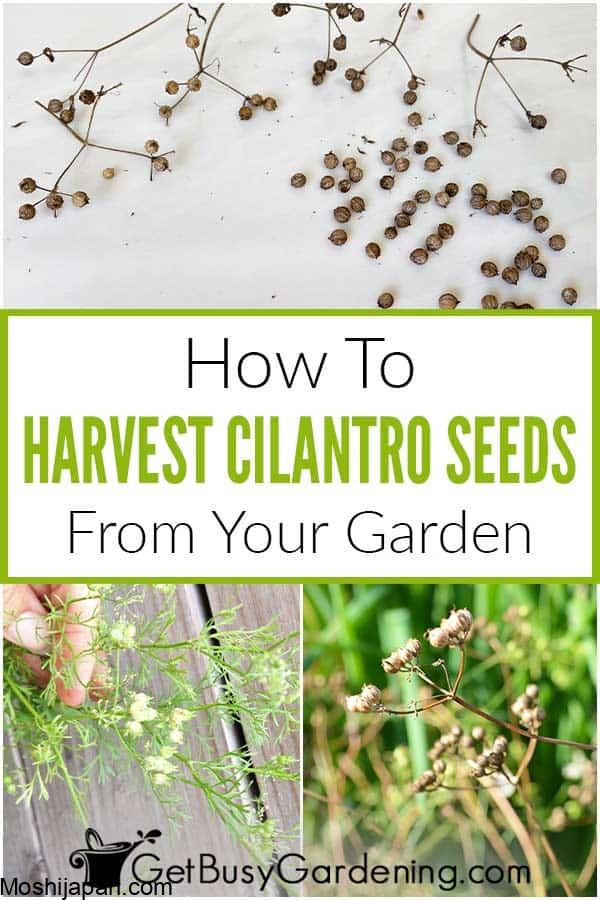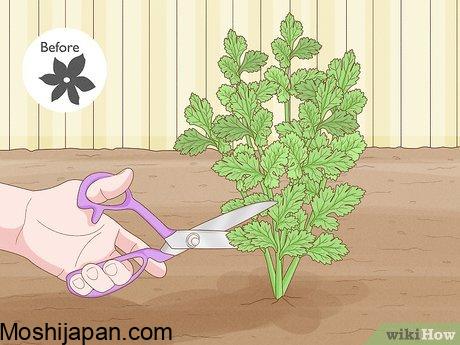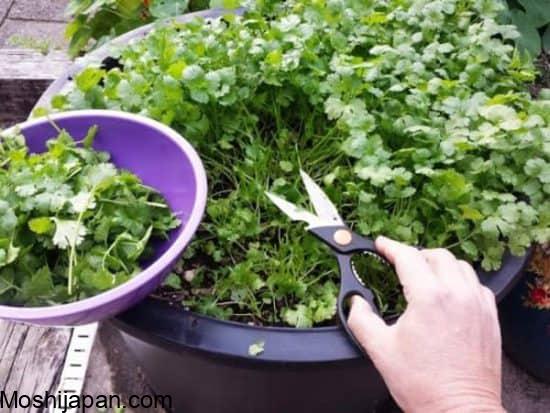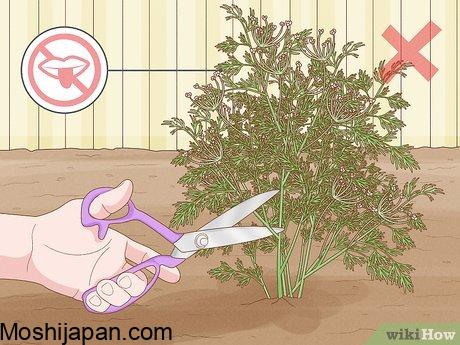Harvesting Cilantro: A Step-by-Step Guide for Better Yields
Cilantro, also known as coriander or Chinese parsley, is a versatile herb that adds a burst of fresh flavor to a wide range of dishes. Whether you’re a seasoned gardener or just getting started with your herb garden, maximizing your cilantro yield is key to ensuring you have a bountiful supply of this aromatic herb at your fingertips. In this comprehensive guide, we’ll walk you through the process of harvesting cilantro, step by step, to help you achieve better yields and keep your kitchen stocked with this culinary essential.
Selecting the Right Cilantro Varieties

To kickstart your cilantro journey, you must begin with the right variety. The selection of cilantro varieties can significantly impact your overall yield. There are two main types of cilantro to choose from:
- Regular Cilantro (Coriandrum sativum): This is the traditional cilantro that most people are familiar with. It features broad, flat leaves and is perfect for both fresh and dried use.
- Slow-Bolting Cilantro: Slow-bolting cilantro varieties are bred to resist bolting, the premature formation of seeds. Bolting reduces the leaf yield and affects the flavor. Look for slow-bolting cilantro for prolonged harvesting.
Ideal Growing Conditions

Cilantro thrives in specific growing conditions. To optimize your yield, ensure that you meet these requirements:
- Sunlight: Cilantro prefers partial to full sunlight. Aim for at least 4-6 hours of sunlight daily for robust growth.
- Well-Drained Soil: Well-drained, fertile soil is essential. Ensure proper drainage to prevent root rot and other diseases.
- Temperature: Cilantro prefers cooler temperatures. Plant it in the spring or fall for the best results.
- Spacing: Plant cilantro seeds or seedlings 6-8 inches apart to allow for adequate growth.
Planting Cilantro

Now that you’ve chosen the right cilantro variety and prepared the ideal growing conditions, it’s time to plant your cilantro. Follow these steps for a successful planting:
- Seed Selection: Use high-quality cilantro seeds. Soak the seeds in water for 24 hours before planting to improve germination.
- Planting Depth: Plant cilantro seeds about 1/4 inch deep in the soil. Alternatively, transplant seedlings into your garden.
- Watering: Keep the soil consistently moist, but avoid overwatering, as cilantro can be prone to root rot.
- Fertilization: Use a balanced, all-purpose fertilizer to provide essential nutrients for cilantro growth.
Caring for Your Cilantro
Proper care is crucial to ensure a bountiful cilantro harvest. Here are some essential tips:
- Thinning: Once your cilantro seedlings are about 2 inches tall, thin them out, leaving the strongest plants about 6-8 inches apart. This prevents overcrowding and promotes healthy growth.
- Mulching: Apply mulch to retain soil moisture and regulate temperature. Mulching also helps prevent weeds that can compete with cilantro for nutrients.
- Pruning: Regularly trim the outer leaves to encourage bushy growth and delay bolting.
- Pest Control: Keep an eye out for common cilantro pests like aphids and caterpillars. Use natural or chemical methods to control infestations.
Harvesting Cilantro

Now, the moment you’ve been waiting for – harvesting your cilantro for better yields:
- Timing: The key to harvesting cilantro is timing. Begin when the plant is about 6 inches tall, and before it starts bolting. This usually occurs within 45 to 70 days after planting.
- Cutting Method: Use clean, sharp scissors or shears to snip off the leaves and stems. Leave at least 2 inches of growth above the soil to encourage regrowth.
- Frequency: Harvest cilantro leaves regularly, but avoid taking more than one-third of the plant at a time. This allows the plant to continue growing and producing.
Storing Cilantro
To enjoy the freshness of your cilantro for an extended period, proper storage is essential:
- Refrigeration: Store your freshly harvested cilantro in a plastic bag in the refrigerator. Be sure to remove excess moisture and replace it as needed.
- Freezing: You can also freeze cilantro leaves. Chop them finely, place in an airtight container, and store in the freezer for up to six months.
Troubleshooting Common Cilantro Issues
Despite your best efforts, cilantro may face some challenges. Here are common issues and how to address them:
- Bolting: If your cilantro bolts prematurely, it’s often due to high temperatures. Plant slow-bolting varieties or provide shade during the hottest part of the day.
- Pests and Diseases: Regularly inspect your cilantro for signs of pests or diseases. Use appropriate treatments to keep your plants healthy.
- Yellowing Leaves: Yellowing leaves may indicate overwatering. Adjust your watering schedule to allow the soil to dry slightly between watering.
Frequently Asked Questions (FAQ)
Q1: How do I prevent my cilantro from bolting too soon?
A1: To prevent bolting, select slow-bolting cilantro varieties and provide adequate shade during the hottest part of the day.
Q2: Can I grow cilantro indoors?
A2: Yes, cilantro can be grown indoors, provided it receives sufficient sunlight and well-drained soil.
Q3: How often should I harvest cilantro?
A3: Harvest cilantro regularly, but avoid taking more than one-third of the plant at a time to allow for continuous growth.
Conclusion
Harvesting cilantro is a rewarding endeavor that can elevate your culinary creations. By selecting the right variety, providing optimal growing conditions, and following our step-by-step guide for planting, caring, and harvesting, you’ll be well on your way to better cilantro yields. Enjoy the freshness and flavor of this versatile herb in your favorite dishes, and never worry about running out of cilantro again.
tag
- chicken feed
- how to Keep Chickens Off Your Porch
- How to grow oyster mushrooms at home
- Growing Kale in Pots



0 Comments